Schneider Electric Harnesses the Benefits of DLP 3D Printing to Create Replacement Parts
Schneider Electric is a European company founded in 1836, operating worldwide. It is engaged in the development and manufacture of air circuit breakers, among other things. They recently integrated additive manufacturing into their business to address the lack of stock in the supply chain for spare parts and tooling. In the facilities management department, they decided to adopt the Shape 1 3D printer, from the company RAYSHAPE, which allowed them to manufacture these parts more quickly and cheaply. For over 5 months, Schneider has been taking advantage of all the benefits offered by this innovative resin additive manufacturing process.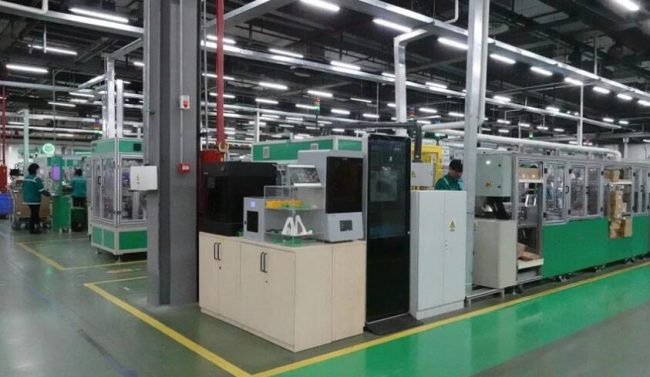
In the manufacturing industry, spare parts are not items that are produced in large series, so any breakdown in the supply chain can affect the entire industry on a massive scale. This is where 3D printing comes into play, which is a much faster and cheaper system for producing single items or short series compared to other traditional manufacturing methods. Moreover, with new advanced materials being developed in the industry, this is no longer an impediment for companies to adopt the technology. In fact, the latter was particularly important for Schneider, as most of its applications require materials with high toughness, but with adequate dimensional accuracy. To address this, they turned to Chinese manufacturer RAYSHAPE, dedicated to the development of professional DLP 3D printing solutions, including machines, materials and post-processing solutions.
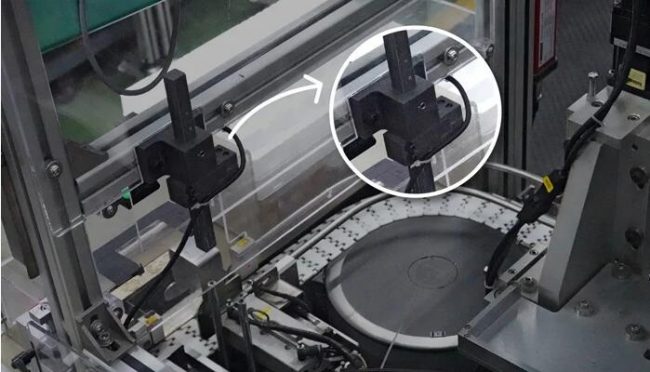 Schneider Electric has integrated RAYSHAPE’s Shape 1 3D printer into its business (photo credits: RAYSHAPE)
Schneider Electric has integrated RAYSHAPE’s Shape 1 3D printer into its business (photo credits: RAYSHAPE)
![]() Advantages of Adopting DLP 3D Printing
Advantages of Adopting DLP 3D Printing
By integrating resin additive manufacturing into its business, Schneider cut time out of the collaboration chain, which requires engineers, suppliers and purchasing managers to create the final part. Thanks to RAYSHAPE’s Shape 1 3D printer, the engineers were able to solve the problem by designing and 3D printing the replacement parts. Unlike CNC machining, which is a method that requires more effort and time, 3D printing is a technology with which front-line engineers can solve problems that arise on the same day. In addition, one of the great advantages of this technology is that it can manufacture parts in a single process and in non-business hours, so problems can be solved instantly.
The Shape 1 is a desktop 3D printer capable of printing at speeds of up to 50mm/hour with high precision, meaning that multiple tools with a height of 10 cm could be created within the same time period. With a print volume of 192 × 108 × 300 mm, the machine made it possible to create multiple 3D printed parts in about three hours thanks to the full breadth of DLP light-curing technology. To meet the requirements in terms of materials, RAYSHAPE recommended Schneider use Pro 10 resin. This photopolymer boasts a Shore hardness of 86D and balanced mechanical performance in terms of high tensile strength, high flexural strength, lower strain rate and low creep.
 DLP 3D printing technology has made it possible to create spare parts faster and cheaper (photo credits: RAYSHAPE)
DLP 3D printing technology has made it possible to create spare parts faster and cheaper (photo credits: RAYSHAPE)
The competitive advantage of additive manufacturing has helped engineers gain control of processes and reinvigorate a passion for technological innovation. Business becomes more efficient, deeper and nuanced. The pace of production lines becomes more manageable, problems are no longer urgent and can be solved more efficiently. In terms of investment, the Schneider Wuhan team says that they could 3D print more than 110 parts in five months, enabling them to reduce costs by 80% and produce twice as much as they could with other methods. This is very positive when compared to CNC machining. With 3D printing they were able to recoup their investment from the creation of the 100th part.
Source: Rayshape
For press release, welcome to send to 3D Science Valley at 2509957133@qq.com

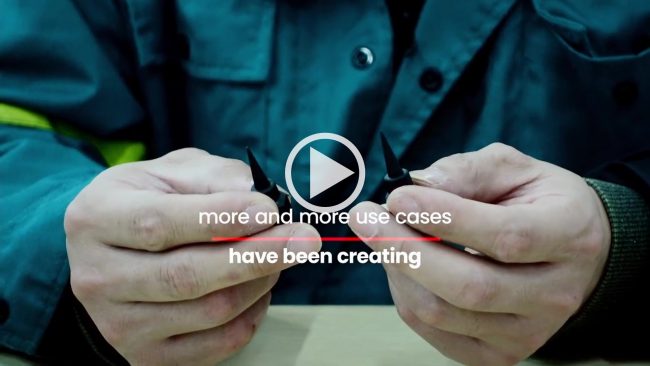
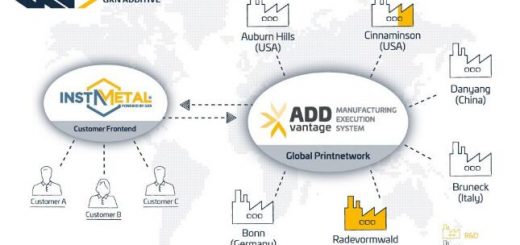

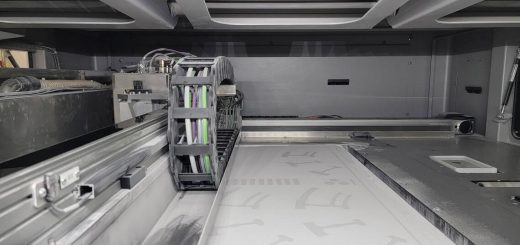
Recent Comments